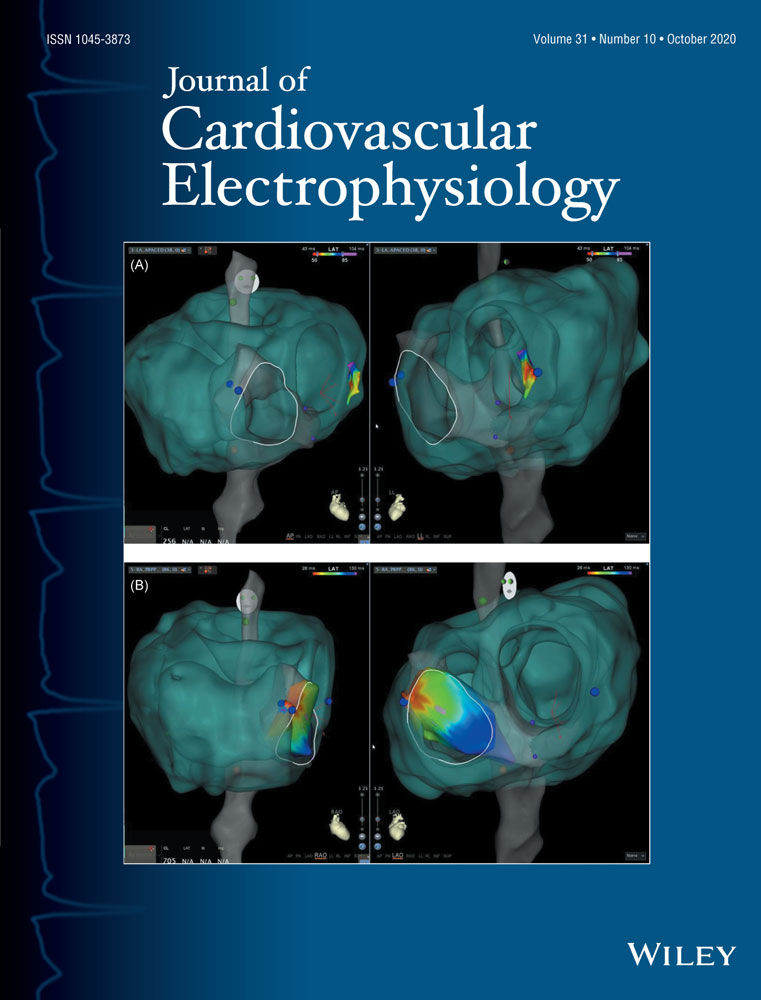A systematic review and meta-analysis comparing second-generation cryoballoon and contact force radiofrequency ablation for initial ablation of paroxysmal and persistent atrial fibrillation
Disclosures: Dr. Richard G. Trohman reports serving as an advisor to Boston Scientific/Guidant; receiving research grants from Boston Scientific/Guidant, Medtronic Inc., and St. Jude Medical (Abbott); Serving as a consultant for St. Jude Medical (Abbott); and receiving speakers fees or honoraria from Boston Scientific/Guidant CRM, Medtronic Inc., and St. Jude Medical (Abbott). Dr. Henry D. Huang reports serving as a consultant for Cardiofocus; receiving research grants from Medtronic. Dr. Kousik Krishnan serves as a consultant to Abbott/St. Jude Medical, Cardiva, and Zoll and research funding from Abbott/St. Jude Medical. Dr. Parikshit S Sharma has been a speaker for Medtronic and has been a consultant for Abbott, Boston Scientific, and Biotronik. Other authors: No disclosures.
Abstract
Introduction
Cryoballoon ablation (CBA) and radiofrequency ablation (RFA) are the preferred modalities for catheter ablation of atrial fibrillation (AF). Technological advances have improved procedural outcomes, warranting an updated comparison. We sought to evaluate the efficacy and safety of CBA–2nd generation (CBA-2G) in comparison to RFA-contact force (RFA-CF) in patients with AF.
Methods
MEDLINE, Cochrane, and ClinicalTrials.gov databases were searched until 03/01/2020 for relevant studies comparing CBA-2G versus RFA-CF in patients undergoing initial catheter ablation for AF.
Results
A total of 17 studies, involving 11 793 patients were included. There was no difference between the two groups in the outcomes of freedom from atrial arrhythmia (p = .67) and total procedural complications (p = .65). There was a higher incidence of phrenic nerve palsy in CBA-2G (odds ratio: 10.7; 95% confidence interval [CI]: 5.85 to 19.55; p < .001). Procedure duration was shorter (mean difference: −31.32 min; 95% CI: −40.73 to −21.92; p < .001) and fluoroscopy duration was longer (+3.21 min; 95% CI: 1.09 to 5.33; p = .003) in CBA-2G compared to RFA-CF. In the subgroup analyses of patients with persistent AF and >1 freeze lesion delivered per vein, there was no difference in freedom from atrial arrhythmia.
Conclusions
In AF patients undergoing initial ablation, CBA-2G and RFA-CF were equally efficacious. The procedure duration was shorter, but with a higher incidence of phrenic nerve palsy in CBA-2G. In patients with persistent AF, there was no difference in the efficacy between CBA-2G or RFA-CF techniques.




